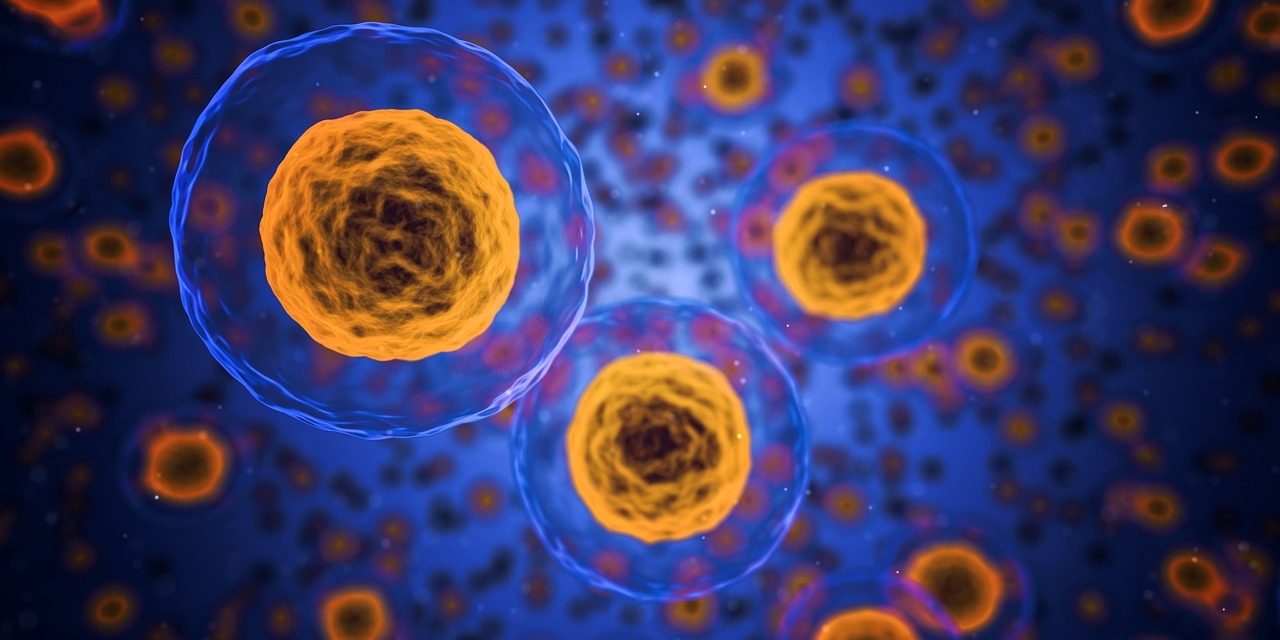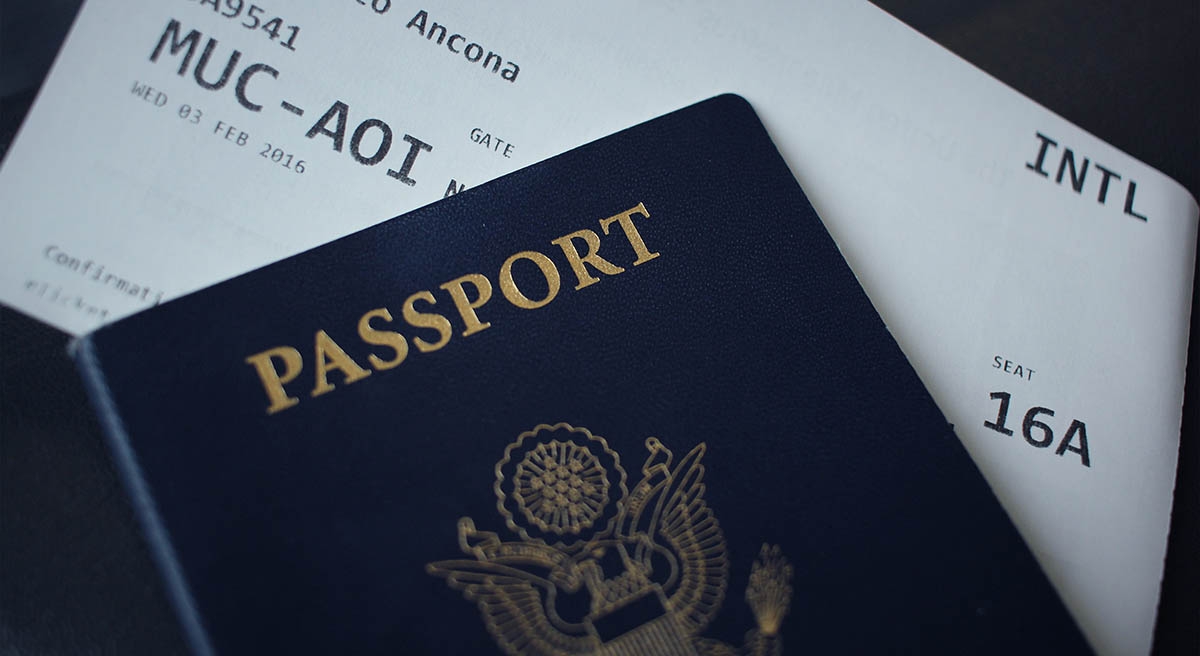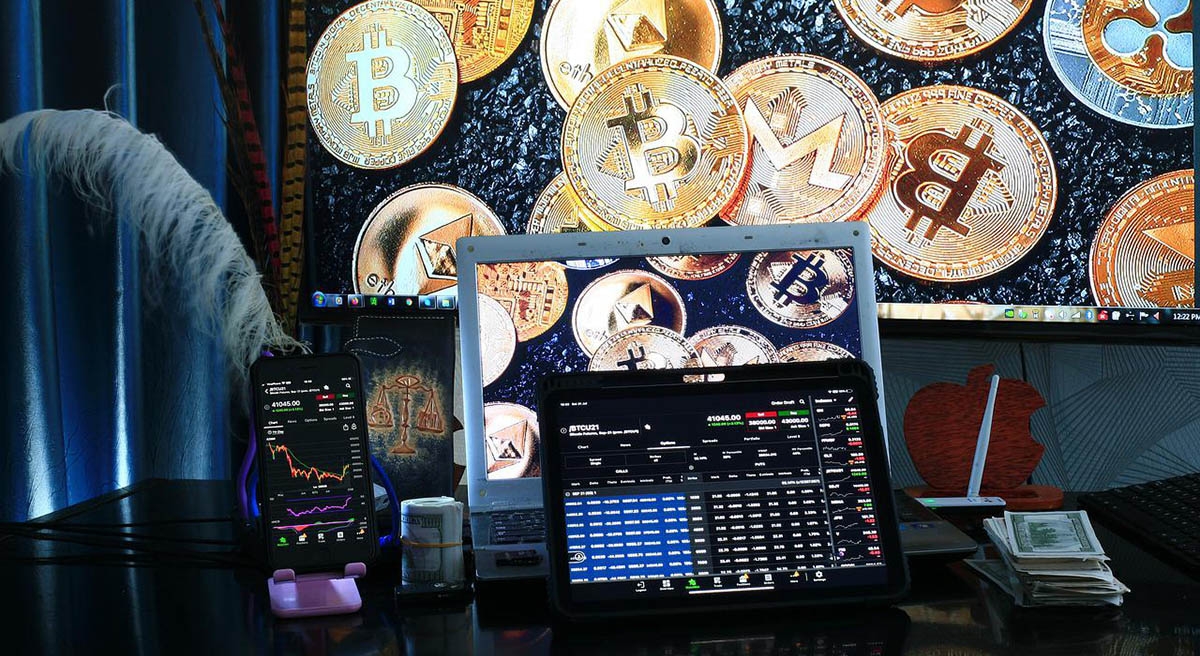
The Future of Cellular Immunity Analysis
Currently, a lot of strategies for cancer immunotherapy are undergoing clinical tests and trials. The final test for all the approaches used will be clinical efficacy. However, the tedious and complex pathway for these agents calls for an evaluation of immunological responses as interim indicators of the likely successful candidates. This has emphasized the necessity for assays, which precisely detect and quantify immune responses that are antigen-specific and T cell-mediated. Various methods exist for assessing the number and functions of T cells. These include EISPOT, tetramer analysis, delayed-type hypersensitivity, cytokine expression flow analysis based on cytometry, and detection of the T cell receptor gene, based on PCR. Below is an outline of how these strategies have been recently employed in the monitoring of clinical trials and their correlation with clinical results.
The Immunity Assays
Various avenues for presenting antigens to T cells have been discovered, hence giving leeway to the development of methods to actively stimulate tumors’ immunological rejections. This has been after a series of examinations on the fundamentals aspects of antigen-specific immunity. Medical experts are already conducting clinical trials on tumor vaccines together with tumor antigen-encoding viral vectors, adjuvant, gene-modified tumors, dendritic cells, and peptide and protein antigen. If a candidate treatment proves to have a significant effect on a midway prediction of a clinical result, it is promoted to a large-scale evaluation and comprehensive clinical trials. Regression of the tumor is usually the marker for cytotoxic agents. However, not all agents are expected to result in tumor regression. In such cases, and where beneficial effects are evident, the medics choose a biological marker. This choice is made based on a presumed mode of activity.
A brilliant example of such a marker for immunotherapy would be to stimulate a tumor immune response that is antigen-specific, which can be detected by multiple immunological assays. In this case, effectors such as antibodies, monocytes, and natural killer cells might play a fundamental role in antitumor immunity. However, most medics prefer using assays that assess both the function and number of CD8 CTLS. In vitro functional assays, in vitro phenotypic assays, and in vivo functional measures are three cellular analysis tests that exhibit a lot of promise in characterizing and quantifying the response of T cells to immunizations.
For in vitro assays, a sufficient supply of T cells is required. These should possess functionality and frequency that reflects the actual immune response to immunization. For this reason, the most appropriate and convenient source of T cells has been the peripheral blood. However, the correlation of T cells from periphery blood with clinical response has been questioned. Various techniques can be employed to determine the degree of antigen-specific immune responses. This involves the enumeration of T cells based on phenotypic markers like TCR using PCR-based or flow cytometric strategies.
In the recent past, medics have managed to visualize antigen-specific T cells using soluble multimeric MHC-peptide complexes, under the flow cytometry analysis. During the analysis, they focus on CD8+ T cells and observe the signs of antigen-specific TCRs. Traditionally, however, the capacity of T cells to multiply as they respond antigen has been used to indicate the existence of antigen-specific CD4+ helper T cells. At ImmuMap, all these and other cellular immunity assays are offered. They are all designed to equip you with adequate, up-to-date knowledge of cellular immunity.








